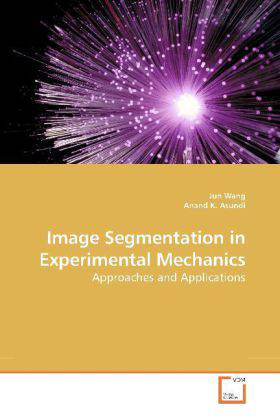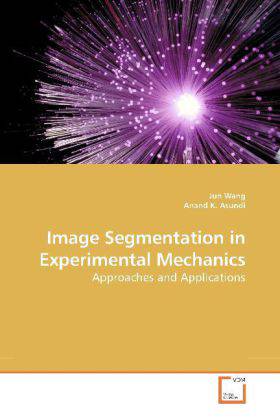
- Afhalen na 1 uur in een winkel met voorraad
- Gratis thuislevering in België vanaf € 30
- Ruim aanbod met 7 miljoen producten
- Afhalen na 1 uur in een winkel met voorraad
- Gratis thuislevering in België vanaf € 30
- Ruim aanbod met 7 miljoen producten
Zoeken
Image Segmentation in Experimental Mechanics
Approaches and Applications
Jun Wang
Paperback | Engels
€ 67,45
+ 134 punten
Omschrijving
Fringe processing is vital to extract meaningful information in photomechanics or optical techniques in engineering mechanics. Tremendous effort and resources have been put into this over the years and techniques such as phase shifting and Fourier transform methods have evolved as workhorses. However, they evaluate the entire fringe pattern without regard to whether information in certain regions is vital or not. Hence in many instances the human operator is still called on to identify regions of interest for processing. Thus there would be a need for processing which mimics human hierarchical cognition skills to introduce smartness into the algorithm. This book, therefore, provides a new strategy including three fringe processing approaches looking at gradient changes in a fringe pattern. For example, a cluster of large curvy fringe segments can be used to reveal a fringe irregularity, or local frequency of fringes to directly indicate strain or curvature and hence to determine strain concentration. These novel approaches have been introduced to solve various problems in experimental mechanics.
Specificaties
Betrokkenen
- Auteur(s):
- Uitgeverij:
Inhoud
- Aantal bladzijden:
- 172
- Taal:
- Engels
Eigenschappen
- Productcode (EAN):
- 9783639197358
- Uitvoering:
- Paperback
- Afmetingen:
- 220

Alleen bij Standaard Boekhandel
+ 134 punten op je klantenkaart van Standaard Boekhandel
Beoordelingen
We publiceren alleen reviews die voldoen aan de voorwaarden voor reviews. Bekijk onze voorwaarden voor reviews.








